The Girl on the Album Cover: When Beauty Met the Beat, Part 3 of 4
When Album Art Meets Appetite
Welcome back to our lip-smacking exploration of the women who graced rock’s most memorable album covers. In Part 3, I’m serving up a delicious array of cheesecake models who turned music into a visual feast. From Dolores O'Sullivan lounging in a sea of whipped cream that had fathers hiding album covers from their teenagers, to Dawn Aline Fiero's provocative milk statement that wasn't exactly wholesome family content, to Kate Murtagh's playful waitress pouring coffee across an American breakfast landscape—these culinary-themed covers prove that rock's visual appetite was as voracious as its musical one. (Well, okay, I guess Roxy Music’s Flash + Blood doesn’t really fit the theme… unless you’re Jeffrey Dahmer or you just like your steak very, very rare.)
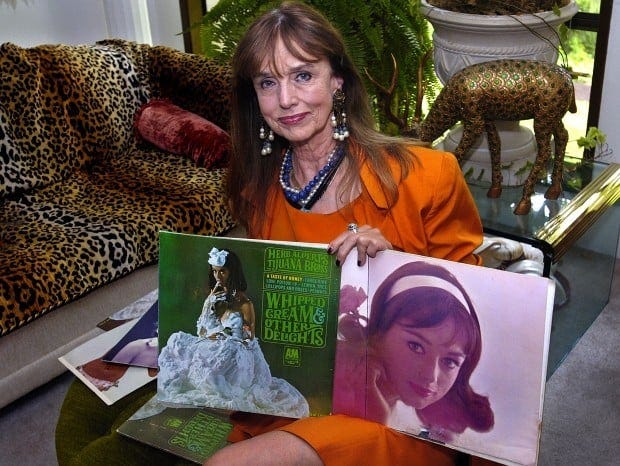
Anywho, drop the needle on your favorite licorice pizza, and let's dig into these album covers that mixed music with menu items and much more.
Dawn Alane: Red Hot Chili Peppers’ “Mother’s Milk”
The provocative cover of the Red Hot Chili Peppers’ 1989 album “Mother’s Milk” featured model Dawn Alane holding all four band members in her arms like babies—perhaps the only time anyone ever managed to get the Chili Peppers to behave themselves. The topless image (with strategically placed band members creating the most rock ‘n’ roll censorship ever) was too much for several retail chains, which refused to carry the uncensored version of the album. Apparently, the idea of Flea being used as a human pasty was where America drew the line.
But the controversy hit hard when Dawn Alane ended up suing the band and winning a $50,000 settlement because they hadn’t informed her that she was the chosen model for the final album cover. Talk about an unexpected royalty check! The band had actually photographed two women for the concept—the other being Anthony Kiedis’ girlfriend at the time, actress Ione Skye. However, at 15 years old, Skye was deemed “too young” to be the mother figure on the album. Even in rock ‘n’ roll, some boundaries shouldn’t be crossed—though the Chili Peppers generally treated boundaries like they treated shirts: optional.
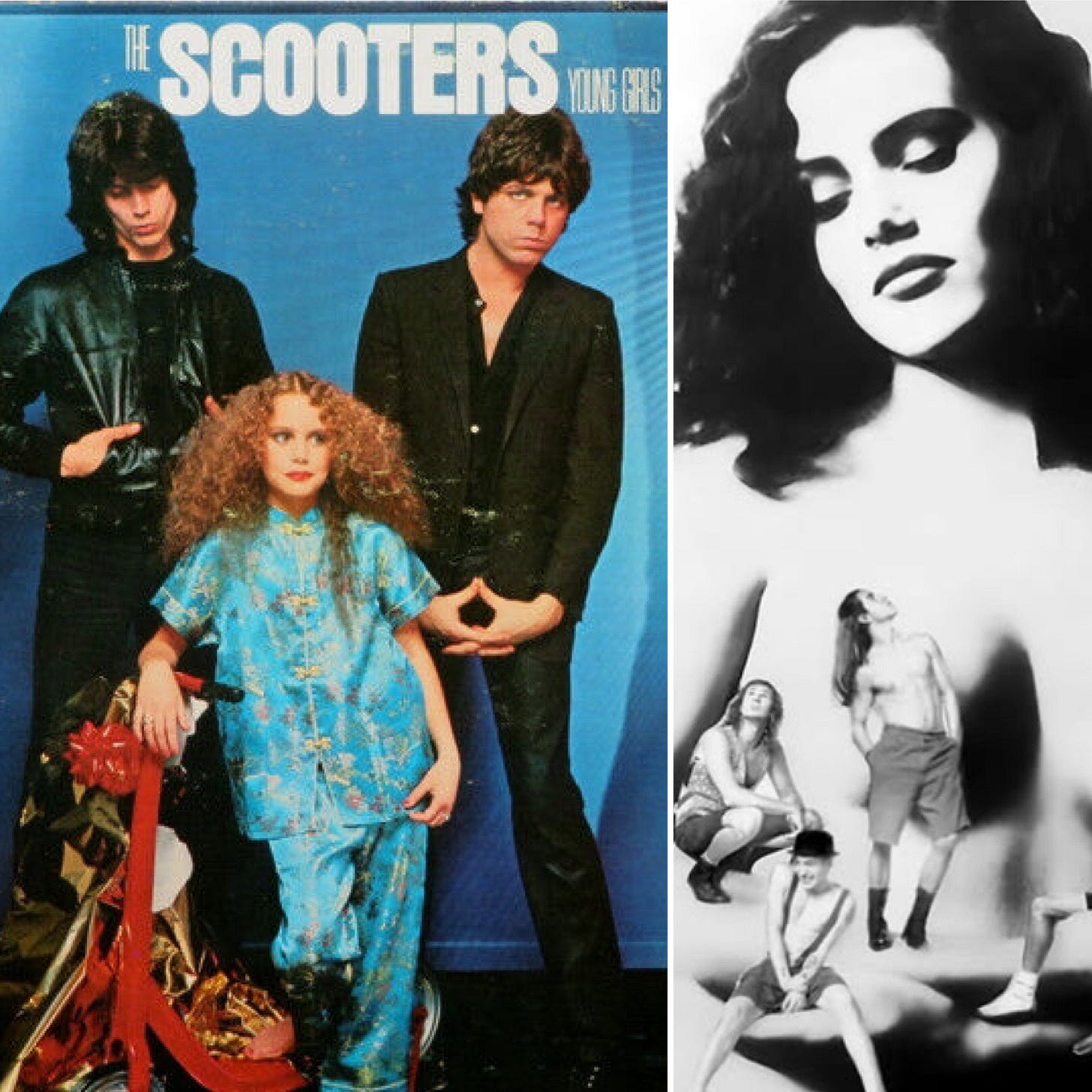
Fun Fact: Dawn Alane reinvented herself as Dawn Alane-Kelmenson, a respected sculptor and mixed media artist whose work has appeared on the TV series “Desperate Housewives.” Her Los Angeles-based art career focuses on clay, wax and bronze sculptures, with her modern abstract pieces allowing her to “create connections between unexpected textures, colors & mediums.” She went from holding the Chili Peppers to molding her own destiny, proving that sometimes the best encore is in an entirely different venue.
Ester Cordet: Ohio Players’ “Honey”
If you want to start an urban legend that sticks around longer than a bass player in Spinal Tap, put a Playboy model on your album cover dripping with something sticky. The October 1974 Playmate Ester Cordet (born Esther Stobba in Panama) became the center of one of music’s most persistent myths when she posed for the Ohio Players’ album “Honey,” photographed by Playboy photographer Richard Fegley.
The provocative cover shows Cordet with a jar of honey and a spoon, while the inside gatefold reveals her covered in the sticky substance—a visual that made teenage boys fumble their allowance money more lickety-split a drummer drops his sticks. The album produced the massive hit “Love Rollercoaster”—and that’s when things got weird on a scale that would make even Ozzy Osbourne say, “That’s a bit much.” Rumors spread that the model wasn’t actually covered in honey but in an acrylic substance that glued her to the floor, damaging her skin and ending her modeling career. According to the urban legend, when she confronted the band later, the manager stabbed her, and her death scream was captured on the recording of “Love Rollercoaster.” This gruesome tale is completely false, but the Ohio Players were happy to let the rumor persist to drive album sales. They understood the power of controversy better than a publicist with a psychology degree.
Fun Fact: The band never confirmed or denied the story, understanding that controversy sells records even better than honey-covered models. The myth became so widespread that it was featured in an episode of “Family Guy” decades later—proving that a good urban legend, like a catchy chorus, never really dies, it just gets sampled by the next generation.
Aimee Stephenson: Roxy Music’s “Flesh + Blood”
The front cover of Roxy Music’s 1980 “Flesh + Blood” featured javelin-wielding beauties in a pose that perfectly captured the album title—athletic yet sensual, powerful yet vulnerable. They truly hit the bullseye with their marketing. The cover, conceived by designer Peter Saville and photographed by Neil Kirk, continued Roxy Music’s tradition of featuring glamorous women on their sleeves—because nothing says “sophisticated art rock” quite like pin-thin fashion models pretending to be Olympic athletes.
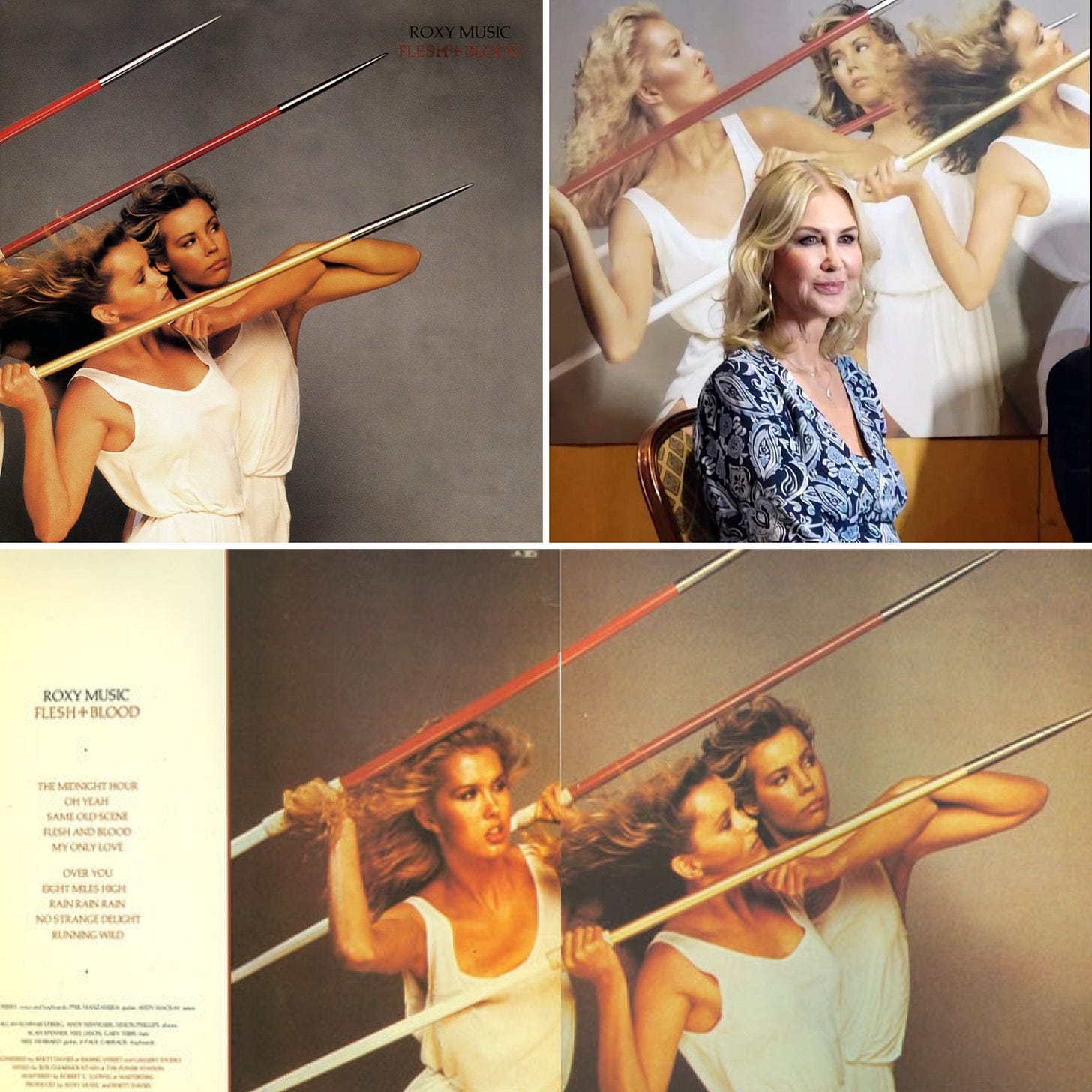
Aimee Stephenson, the model closest to the camera, was born in October 1956 and started as a model and actress before moving behind the camera. In the 1980s, she worked with her boyfriend Tim Jackson on B-movie maestro Roger Corman’s productions in the United States. Tragically, Stephenson’s life was cut short under horrific circumstances. In 2001, while researching a book in Peru with her partner, the bus they were traveling on caught fire when illegal fireworks in the luggage hold exploded. Despite a valiant fight for her life, Aimee passed away from her injuries after being transported back to England.
Fun Fact: The “Flesh + Blood” cover was actually a three-woman affair, featuring a model triad that surely made fashionista and connoisseur of beauty Bryan Ferry proud. While Aimee Stephenson took the foreground position, she was joined by Shelley Man (second model on the front) and Roslyn Bolton (who appeared on the back cover under her modeling name Ashley). While Aimee went on to work in film production and Roslyn continued modeling, Shelley Man has become the “Where Are They Now?” mystery of the trio—vanishing from the public eye quicker than vinyl records in the digital age.
Kate Murtagh: Supertramp’s “Breakfast in America”
The iconic Supertramp album featuring a diner waitress holding up a glass of orange juice in front of the New York skyline was a clever visual pun on the Statue of Liberty that hit the perfect chord between witty and kitsch. The waitress, whose nametag reads “Libby” (get it? Liberty serving you breakfast? Subtlety was never prog rock’s strong suit), was portrayed by actress Kate Murtagh, who was 59 years old at the time of the photoshoot—proving that album cover models didn’t always have to be young bombshells. Sometimes they could be seasoned character actresses serving up a side of symbolism with your musical eggs and bacon.

The “Breakfast in America” cover found renewed infamy years after its release when conspiracy theorists claimed it predicted the 9/11 attacks—proving that if you stare at album art long enough, you’ll eventually see something that isn’t there (much like people who claim to hear satanic messages when playing records backward). If you hold the album cover to a mirror, the “u” and “p” in “Supertramp” supposedly look like “9” and “11” positioned directly above the World Trade Center towers. The orange juice glass held in front of the towers was said to represent an approaching airplane. Even more bizarre—the attacks happened around breakfast time in America. Of course, this is all ridiculous coincidence with less credibility than a lip-syncing pop star, but it shows the cultural staying power of a well-designed album cover, even decades later.
Fun Fact: By the time she posed for this 1979 classic, Murtagh had already orchestrated a prolific career in films like “Breakfast at Tiffany’s” (keeping with the breakfast theme—this woman was committed to the bit!), “Blue Hawaii,” and “The Long Goodbye,” along with TV appearances on shows like “The Twilight Zone,” “I Dream of Jeannie,” and “The Munsters.” She went from small screen to vinyl sleeve, proving her versatility hit more notes than Rick Davies’ keyboard solos. (Later on, in 1990, Kate would have a very memorable moment in the sci-fi film, “Total Recall.”)
The Legacy of Album Cover Girls
The era of the album cover girl may be largely over (thanks, streaming services, for reducing cover art to tiny squares on our phones—the visual equivalent of listening to Queen through a drive-thru speaker), but their cultural impact remains. These women weren’t just selling records; they were becoming part of music history, creating visual iconography as memorable as the music itself, sometimes even outlasting the shelf life of the bands they helped promote.
And while contemporary artists still occasionally use provocative images to sell music, there’s something special about those vinyl-era cover girls who could stop traffic in a record store with just one glossy image. In an analog world, they were the original clickbait—except you had to physically carry them to the counter and exchange actual money for the privilege.
So next time you’re flipping through vintage stacks, take a moment to appreciate those vinyl vixens. Behind those poses are real women with fascinating stories, ambitions, and talents that extended far beyond striking a pose while holding a glass of OJ or a jar of honey.
ICYMI: Here’re Parts 1 and 2. Stay tuned for the fourth and final write-up, “The Girlfriend on the Album Cover.”




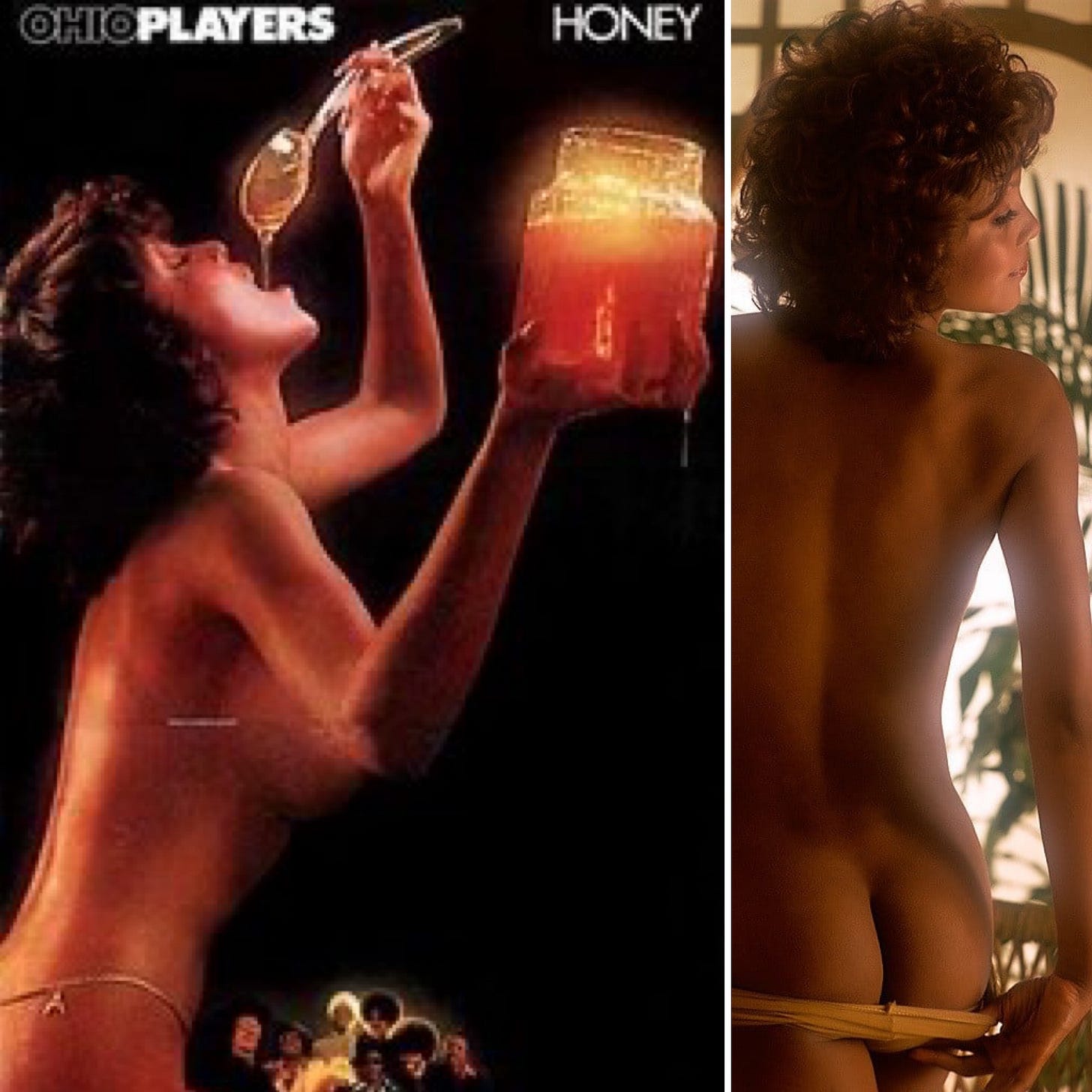
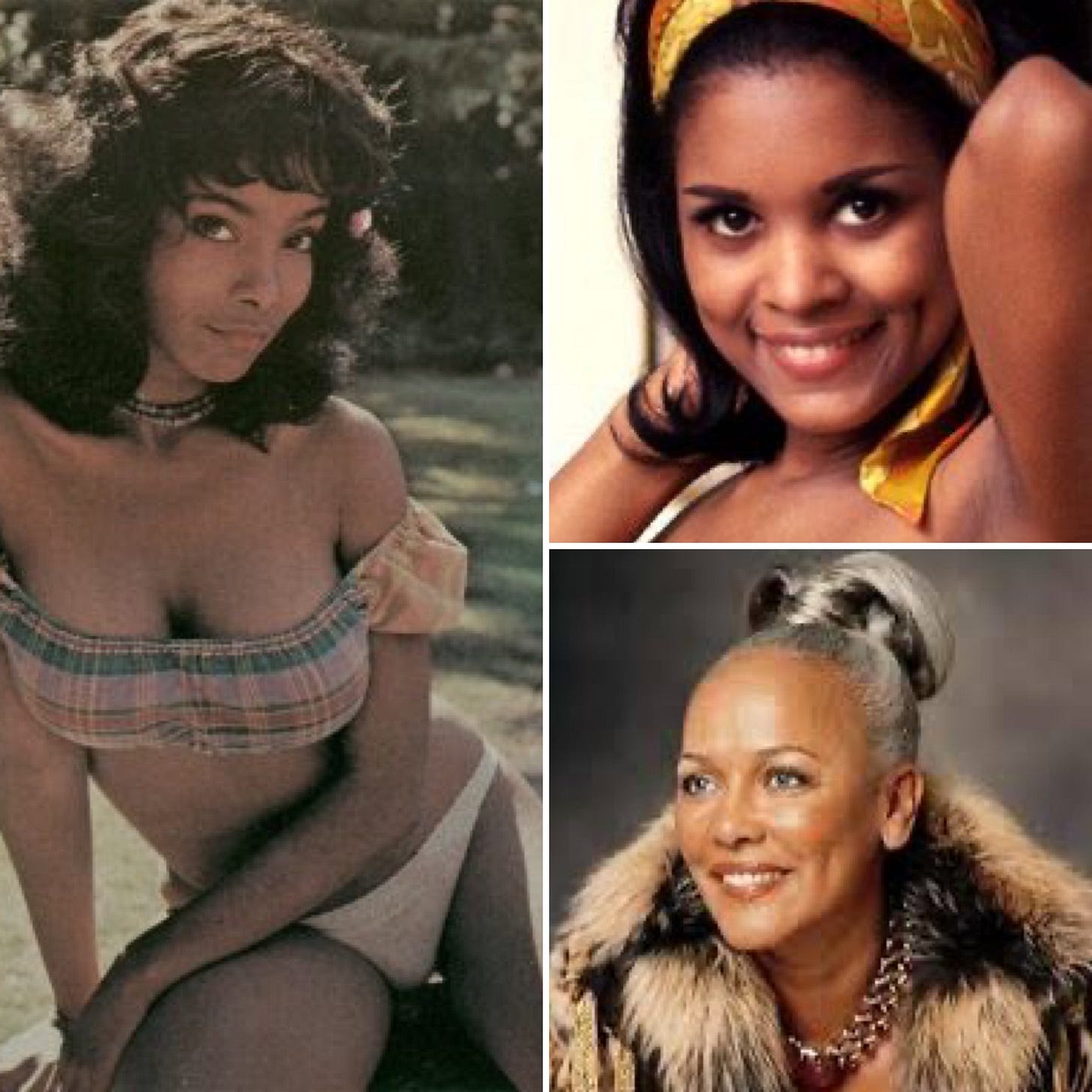

The whipped cream album is still one of my favorites 50 years on
WOw, never knew the connection between Supertramp and Paul Verhoeven… you should do Redd Kross’ Third Eye next :)